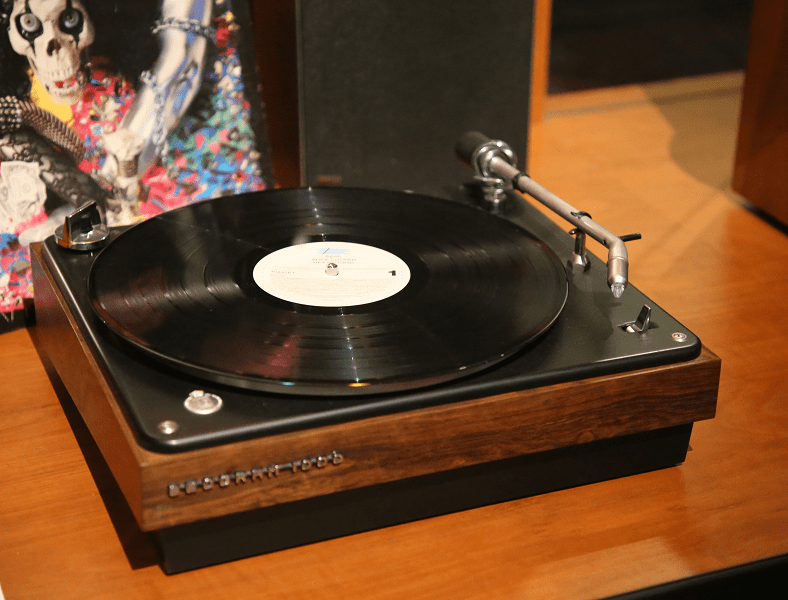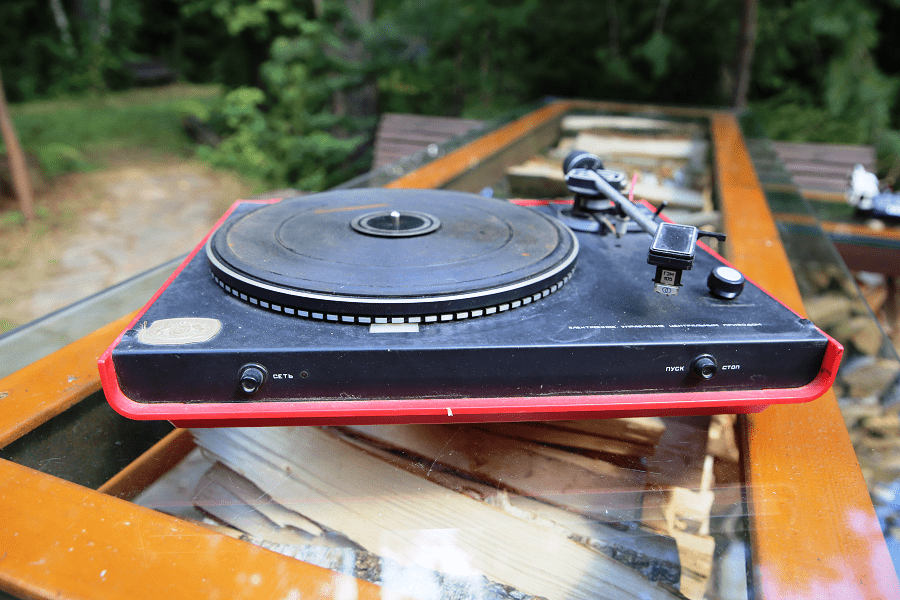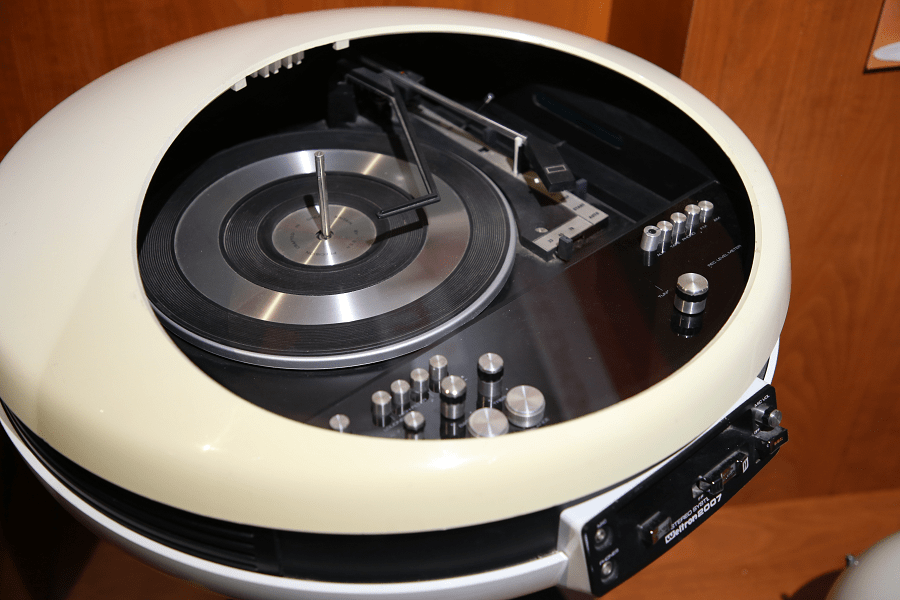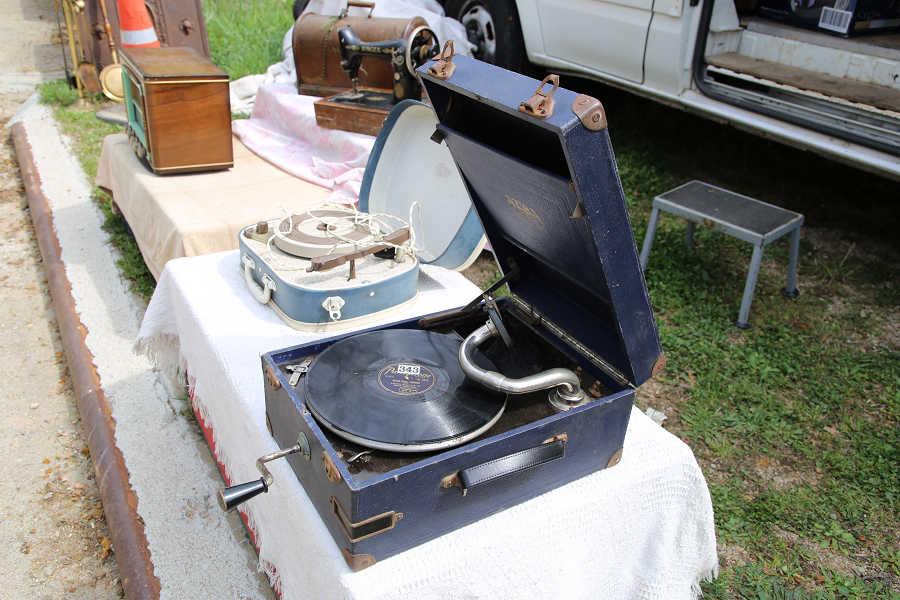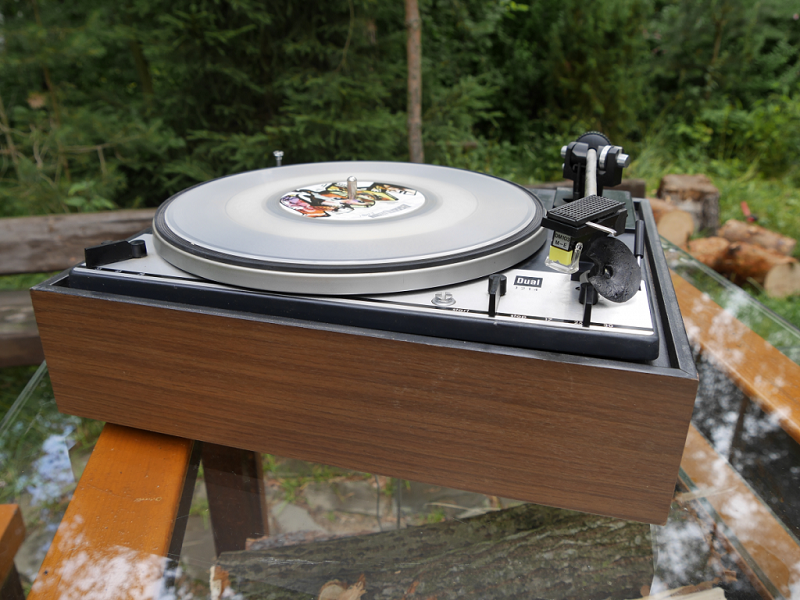The Bang & Olufsen BeoGram 1000 turntable from 1969.
Bang & Olufsen (B&O) is a Danish high-end consumer electronics company that designs and manufactures audio products, television sets, and telephones, originally from Denmark, founded in 1925 by Peter Bang and Svend Olufsen, who designed a radio to work with alternating current, a product of significance at a time when most radios were still running on batteries. Bang & Olufsen are also known for contributing to make speakers for Ford cars such as the Ford Puma.
Peter Bang (1900–1957), son of Camillo Bang, a successful Danish businessman, showed great interest in radio technology from an early age. After graduating as an engineer in 1924, he spent six months working in a radio factory in the USA. When he returned to Denmark, he collaborated with his friend Svend Olufsen (1897–1949), whose parents made the attic of their manor house in Struer in Jutland available for experiments. When they officially opened their business in 1925, Bang focused on the technology while Olufsen was dealing with business. There were a number of successful developments in the 1930s and 1940s, including a sound recording system for the film industry, roof-mounted loudspeakers for circuses and army vehicles, and the iconic Beolit 39 radio that featured a Bakelite cabinet.
B&O has a distinctive design appeal that Wired described as “quality media delivery via striking objects”. Their work with radios and loudspeakers led them to value high-fidelity musical reproduction uninfluenced by technological limitations; in Danish Ærlig musikgengivelse, meaning “honest music reproduction”. To this end, psychoacoustics was important to designing and testing B&O products.
By 1960, B&O had begun its foray into global markets with star designers Henning Moldenhawer and Jacob Jensen, who designed 234 products for B&O from 1965 to 1985. B&O hires designers rather than directly employing them in the company. David Lewis, who became involved with B&O in 1965 then went on to design most of the company’s products after 1980. In 1978, the Museum of Modern Art in New York City held an exhibition dedicated to Bang & Olufsen designs. It is known to give its designers a lot of free rein.
It also has been debated that Apple’s iPod design was inspired by B&O’s BeoCom 6000, a wireless telephone designed by Henrik Sørig Thomsen with a wheel to scroll.



